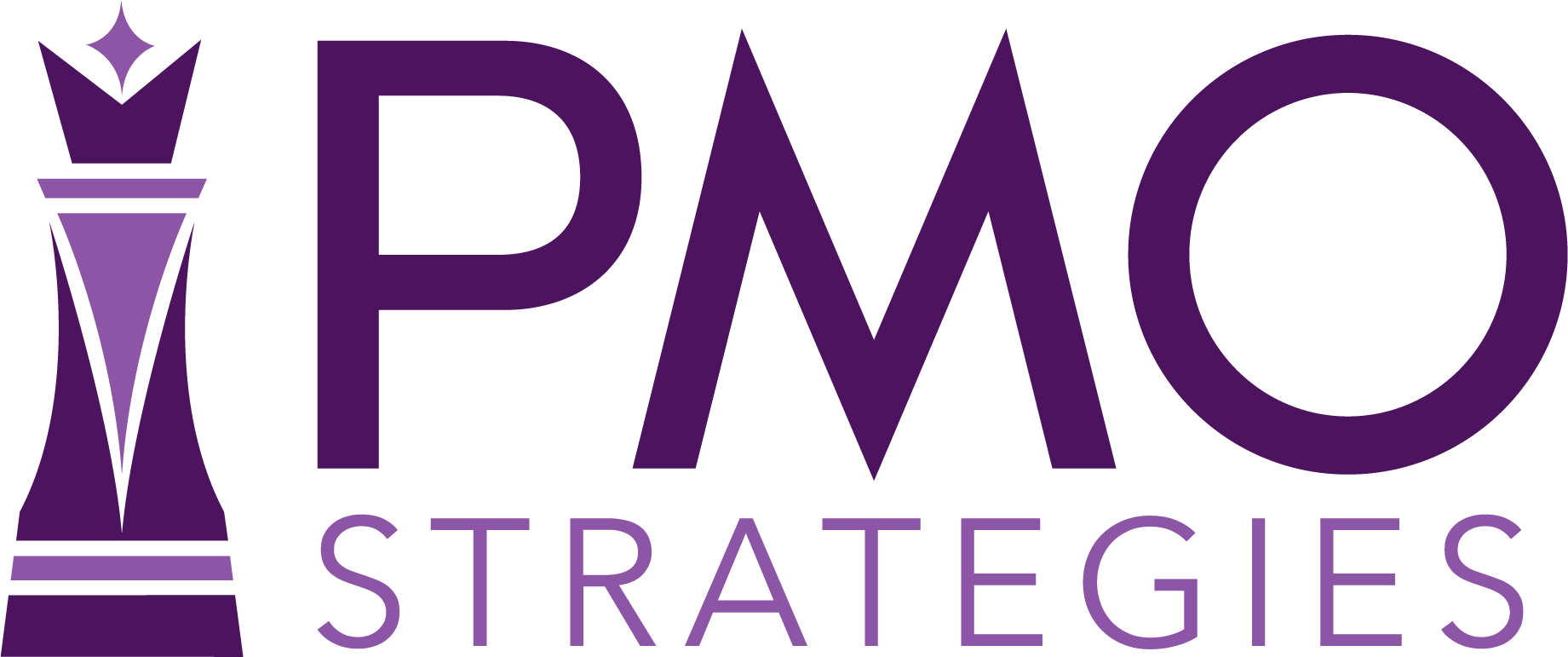[emaillocker]
Transcript: 047: Pitching PMO Services
This episode is sponsored by Clarizen.
Imagine it, achieve it and make an impact with Clarizen’s enterprise collaborative work management solution.
Clarizen offers the only adaptive solution on the market for enterprise collaborative work management. Their solution enables you to work in whatever manner you want – whether water, agile or a combination of the two. Companies find immense value in the visibility the solution brings across the many workstreams at a company – regardless of where the work is being done. People quickly turn ideas into strategies, plans and actions to adapt and respond faster to market changes.
Projects leaders can move faster with better data, eliminate work chaos with complete transparency and work smarter with better results.
Welcome to the PMO Strategies Podcast + Blog, where PMO leaders become IMPACT Drivers!
Starting the Conversation
Last week we talked about the critical pivot many PMOs will need to make to not just stay relevant but truly earn that seat at the table during the current ultra-VUCA (volatility, uncertainty, complexity, and ambiguity) environment we’re living in today AND thrive once we reach our “new normal” state in our organizations.
The next step is to engage in a proactive dialog with business leaders about how the PMO can bring order to the chaotic times. In some organizations, this will happen organically because the business leaders are already engaged in conversations with the PMO on a regular basis. For others, the PMO must initiate these conversations and show how they can contribute to solving the business challenges facing executives in chaotic times. In organizations where the business leaders are not inclined to include the PMO at the table, the PMO leader cannot wait for that tap on the shoulder to get involved.
To ensure that these critical conversations achieve the desired outcomes, PMO leaders must remember that the goal is not to sell the PMO as the solution, but instead sell the solution they can create that will achieve the anticipated results. This four-step process reframes the discussion and creates connectivity between the identified business need, the solution the PMO can provide, and the outcome and impact this will have on the organization.
Need: This is the clearly articulated business pain point or opportunity identified by the business leaders explained in terms that express the urgency and root cause of the challenge. If this is not explained clearly, the PMO runs the risk of solving the wrong problem. To confirm understanding, the PMO will always reiterate this deeply rooted pain or opportunity in their own words. In some cases, business leaders will rush right to asking the PMO to provide a solution without clarifying the need and this can make it difficult to confirm that the solution will address the need or hide an underlying root cause that won’t be addressed by the proposed solution.
Example: Lack of insight into the projects taking place in the organization, therefore unable to make decisions about what projects should be prioritized or put on hold in the current climate.
Solution: Describe the solution your PMO can provide to quickly address the agreed upon need explaining how this will address the underlying deeply rooted cause of the pain being experienced or opportunity that has yet to be realized. It is critical that the PMO leader users non-project-based terminology to describe this solution whenever possible. The less “project speak” we use and the more business terminology we employ, the more likely we are to be understood and gain critical support for our solution.
Example: Simple portfolio management solution with streamlined dashboard views.
Outcome: The articulated result that the business leaders have requested. This is simply a way of reframing the pain they have experienced into the outcome they would ultimately like to achieve.
Example: Transparency
Impact: The ultimate benefit to the organization that will be realized when the proposed solution is implemented. The way this is worded should clearly address the way your solution will address the outcome expected and reduce or remove the pain identified or opportunity the business leaders would like to realize.
Example: “Using a straightforward project portfolio management solution, you will have greater transparency into the project work taking place which will allow us to ensure we are working on the highest priority projects, thereby decreasing our expenses toward lower priority projects.”
T hanks for taking the time to check out the podcast!
hanks for taking the time to check out the podcast!
I welcome your feedback and insights!
I’d love to know what you think and if you love it, please leave a rating and review in your favorite podcast player. Please leave a comment below to share your thoughts. See you online!
Warmly,
Laura Barnard




